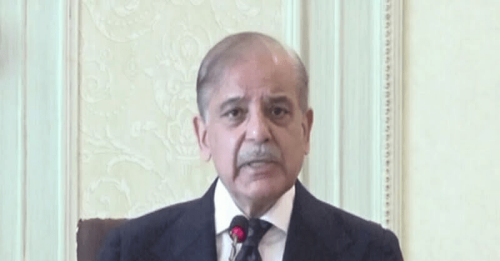
During that year I was able to explore what was happening with new forms of narrative online, and to begin to work and collaborate with other writers and artists who were involved with creating stories online.
Q. Can you tell us a little about ‘Inanimate Alice’, ‘Flight Paths’ and ‘The Breathing Wall’? How did they each come about, and what do you see them leading to?
A. ‘The Breathing Wall’ was the first large-scale digital fiction project I did after finishing my research fellowship. It’s an esoteric work, a collaboration between myself, web artist Chris Joseph, and software pioneer and artist Stefan Schemat. The piece uses sound, image, music, and text to tell a story; parts of the story reside in a software that Stefan invented that allows the reader to interact with the story via breathing. Using a simple headset of headphones and microphone, by placing the microphone beneath your nose, the software monitors your rate of breathing, with the idea that the more relaxed you become, the deeper levels of story you are allowed to access. It’s a ghost story, about a young man who has been falsely accused of killing his girlfriend.
‘Inanimate Alice’ tells the story of a girl growing up in the 21st century through a hybrid mix of text, music, sound, images, video, and games. Alice wants to be a games designer when she grows up and one of the ideas behind the story is that with each episode, as she gets older, the level of interactivity increases. We have 10 episodes planned, and have created four so far. There’s a large pedagogical community building up around it, with teachers from primary to postgrad level using it in the classroom to teach both digital media and English literature, as well as English as a foreign language.
‘Flight Paths: A network novel’, is a story that I’ve been developing for a couple of years now. It’s about a young Pakistani man who stowaways on a plane to London, and the woman he meets when he falls from the sky and lands on her car. This project has had a complex evolution and my plan is to continue to develop it further with both digital fiction elements as well as writing a novel developing the story.
Q. You’re also involved with the idea of transliteracy. Do you think this is going to replace basic literacy?
A. I think many people develop many forms of literacy; the concept of transliteracy is a useful tool for thinking about how these different forms of literacy — visual, media, digital, social plus literacy, in its most common usage being able to read and write — are evolving currently. It’s a concept that librarians who are dealing with moving from stacks of books to the digital iterations of books are finding very helpful when it comes to helping people cope with the shift from print to screen and all that implies. For a country like Pakistan, where access to books as well as access to basic literacy will be very limited in some areas, access to information is increased exponentially by digital technologies, especially when you consider the mobile phone as a tool for information, education, commerce and trade.
Q. Digital medial is so very modern — it’s clear that your interests are very modern too, whether it be ‘Flight Paths’, or ‘Inanimate Alice’ or even writing for online gaming. And yet your latest book, The Mistress of Nothing, is historical fiction. How do you reconcile both interests?
A. For me, it’s all about stories, finding the best way to tell a particular story. I remain a devoted reader and I think there’s room for many types of stories and many ways to tell stories. Television did not kill the radio, video did not kill the film industry, digital fiction will not kill the long-form prose narrative. But literature is evolving and writers need to be thinking about the opportunities this could bring.
Q. You also work with an organisation that mentors young writers looking to be published. How did that come about? And have you ever come across a great budding talent — or a terrible writer who just didn’t know it?
A. I’ve been involved with teaching and mentoring almost as long as I’ve been publishing, and it’s something I really enjoy. Making a living as a writer always involves having a number of strings to your bow, so to speak, as books and projects can take so long to complete. I’ve had a number of hugely talented students, though to tell you the truth, I’ve had many, many more who were just average and occasionally, terrible. The fact is that even the worst writer can improve.
But the most frustrating type of student is the one you can see is truly talented with a unique original voice, but who is unwilling or unable to devote the kind of time, discipline, and energy that it takes to develop a manuscript to the stage where it is publishable.
Q. Is writing a novel in the ‘fixed’ word very different than writing a piece of digital fiction? Other than in terms of formats, of course — and what satisfies your creative urge more?
A. They are completely different forms of writing and require an entirely different approach, and so they satisfy different creative needs and desires. I really like the contrast provided between digital fiction — which is all collaborative for me — and the novel, which is such a lengthy solitary process. The two forms really compliment each other in this regard. It’s also fun being on the cutting edge of new technologies with some projects, while with others, like The Mistress of Nothing, I’m absolutely in the mainstream.
The interviewer studied English Literature and film and hosts a radio programme on books and films














































Dear visitor, the comments section is undergoing an overhaul and will return soon.